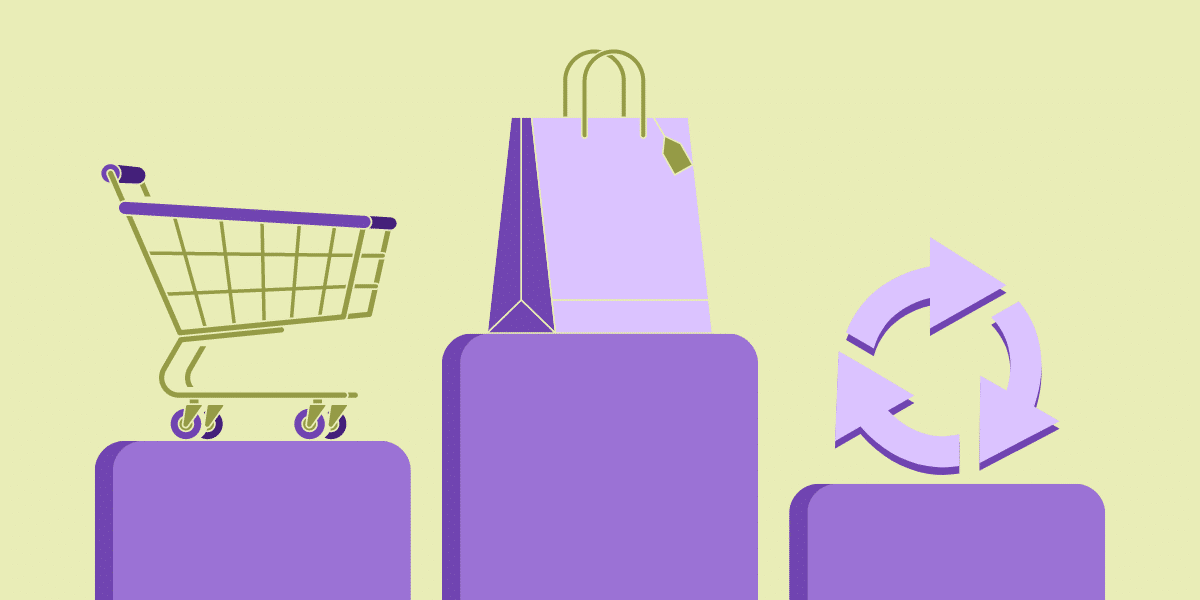Conquering the Marketing Funnel: Conversion
If your marketing efforts have led customers to the point of conversion, congratulations! There are three phases to consider during this stage; the path to conversion, decision point, and post-conversion. It’s essential to have a proper strategy to support your customers at each step to optimize your conversion rate.
1. Path to Conversion
If you want people to convert, you’ll need a straightforward approach to the conversion point. This is where common sense comes in handy, as you put yourself in the customer’s shoes to determine the natural progression from consideration to conversion. For example, for an e-commerce site, the typical sequence is the progression from ‘shop’ to ‘add to cart’ to ‘view cart’ to ‘checkout.’ With that, your website should be designed around user experience (UX).
Use website elements that integrate usability, convenience and relevancy. Make sure to offer options that reduce the number of clicks or steps from shopping to converting. Consider the type of website that is suitable for your business and the type of conversion you want, then look for opportunities to make things as easy as possible for people to do business with you. The proper website format will create the right conversion path for your customers.
2. Decision Point
This is a make-or-break moment when the customer commits, halts, or reverts. You can incentivize quick action with exclusive deals that expire within a set timeframe or give a “free” add-on. For services, you may offer a free trial period so that unsure customers can get a glimpse before committing. To alleviate potential commitment issues, you can offer a no-strings-attached “leave at any time” policy and be sure to include customer testimonials at every step. You don’t want your customers to hesitate. Any uncertainty can cause customers to abort the conversion, so ensure you have a website that users can trust.
3. Post-Conversion
Following the decision point, you don’t want the customer to have any regrets. Proper recognition and appreciation will make the customer feel glad they converted. Often this will take the form of email sequences. The confirmation email, for example, gives peace of mind that their order went through. If there are any concerns, they have all the order details they need to address them with customer service. Continued communication via email may include re-engagement, product suggestions, or renewal reminders. You may also prompt repeat conversion with email or text reminders to “book an appointment” or another relevant call to action.
Although conversion is a victory, it is also a starting point for future marketing efforts. Our next blog will explore how to turn a single conversion into a loyal customer.
It’s a lot to take in – speak with the digital marketing experts at Sims Advertising about what email sequences will work best for your business and start making the most of email automation today.




